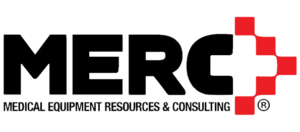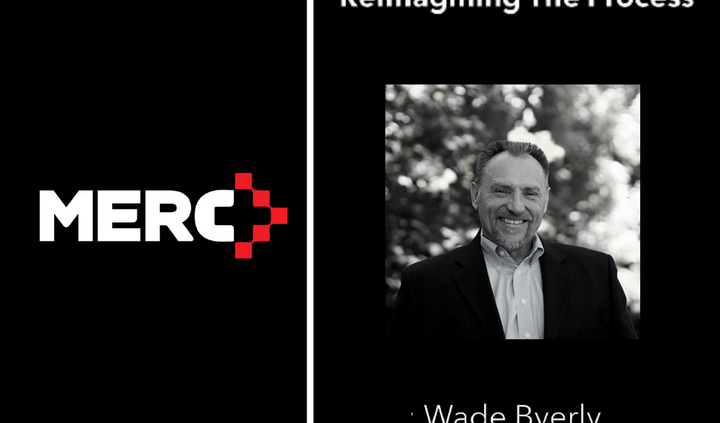CAPITAL STRATEGY INSIGHTS: Reimagining the Process #024

August 16, 2024
#024 For the Love of the ER
The last three posts discussed existing equipment that was coming to end of life and had become surplus. I think we sufficiently covered (worked over?) that topic. Rather than look at asset management metrics and approaches, let’s consider users, specifically our friends in the ER.
After 60-plus inventories we have discovered that when you have seen one ER, you’ve seen one ER.
The ER is the source of truth about community demographics and patients served. The care they deliver and when they deliver that care reflects the needs of the community. That’s why we always ask first before scheduling work in the ER and listen carefully to staff advice.
Our inner-city experience when moving an ER included planning for patients handcuffed to stretchers. We didn’t ask questions how that came to be – it just needed to be accommodated.
The same location had an unwritten code: Three honks of a car horn meant there was a patient being delivered to the ER by someone who did not want to be identified. Don’t ask how they were delivered. I once had to climb behind a brick column to be certain a high-speed chase that was passing the hospital I was working at wasn’t going to include me. Could have either been hit by either vehicle or potential gun fire. At least I was close to the ER.
In suburbia, we can generally count on Sunday mornings at 5 am being pretty light. Friday and Saturday night injuries were pretty much handled, and most folks were still tucked into bed at that time.
I do love working with ER staff. They are very effective at multi-tasking and most of them are very low key and accommodating. Communications and decisions come quickly. Given the environment, they must calmly expedite care to multiple patients. To borrow a phrase, calm is smooth, smooth is fast.
When scheduling they provide the local insight about the best time to review the equipment. Always there is the caveat “you never know what can happen”.
That’s the truth.
There was the time that we had to leave the area we were working in because farm workers may have been inadvertently sprayed during aerial herbicide application. We just got out of the way and let the pros care for the workers. Even though we are not involved in direct patient care, our work supports patient care; in an emergency, sometimes our best contribution is just leave.
We love what we do and who we do it for. If you are in healthcare, I’m sure you feel the same way. The ER folks have a special place in our hearts.
Thanks again for reading these posts. Until next time, be well and continue to think strategically about who is using your medical equipment, care giver and patient. Please feel free to comment when we post it on LinkedIn or at info@medicalequipmentconsultants.com.


